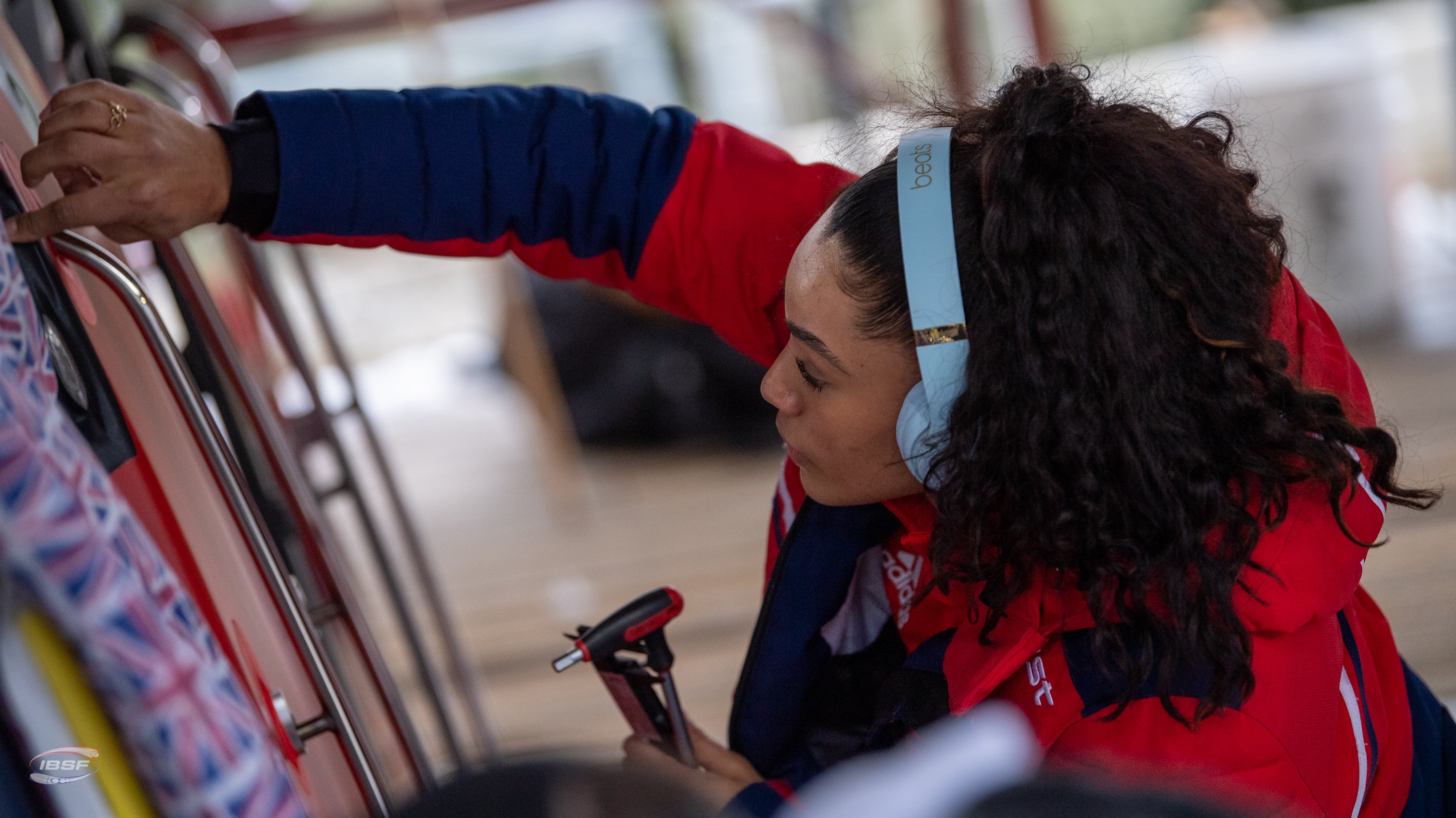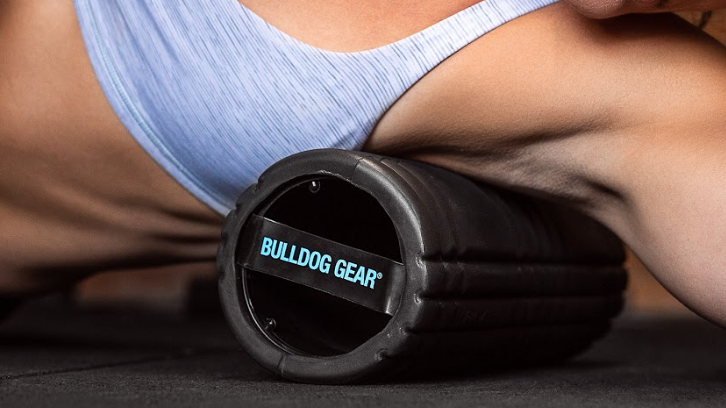Resistance bands could be the most valuable tool you have in your strength and conditioning armoury. An age old training aid they even featured in Professor Yuri Verkhoshansky’s book entitled ‘Fundamentals of Special Strength-Training in Sport” (1997), a book that’s still widely used by fitness experts today. But what are they? How do you use them? And how can they help you improve in the gym? Hopefully this article serves to explain all the basics and some of the more advanced applications of resistance band training.
What are resistance bands and how do they work?
Resistance bands are essentially elastic bands that can be used during an exercise to add “progressive” resistance. Whilst this term can have different meanings it essentially means the more the band is stretched the more resistance it provides. Obviously this is very different to the resistance provided by the conventionally used free weights where the load/resistance is pretty much the same as dictated by gravity. Put simply, if you put 100kg on the bench press it remains 100kg of resistance throughout the movement. However the same couldn’t be said for a band-resisted version.
How can resistance bands enhance your training?
Now it’s this unique property of resistance band training that has meant they have become so widely used by strength and conditioning coaches. This is because experts believe the linear variable resistance provided by bands (the way it gets harder the more it’s stretched) mimics what’s known as the “strength curve” of most muscles. Permit me to elaborate.
The term “strength curve” is used in the field of kinetics (the study of the human body’s motion) and looks at how the strength of the muscles themselves will change and vary depending on the range of motion. In keeping with the bench press example, notice how you’re stronger during the top part of the concentric movement (the upward part of the lift). This is because biomechanically the triceps are able to ‘lock-out’ and engage more and your ‘strength curve’ is at its most ‘powerful’. Also at the bottom of the lift (the lowest part of the eccentric contraction) when the bar is closest to the chest you are at the weakest part of the ‘strength curve.’
Now if you performed a free weight bench press your training would be limited by how much weight you can lift during the lower, weaker part of your strength curve. But if you added some “progressive resistance” in the form of a resistance band, you’d add more resistance at the strongest point in your range of motion therefore adding more resistance to better stimulate strength adaptations. Essentially you’d make the body work harder during the entire range of motion which ultimately means greater improvements.

This is supported by subjective, anecdotal evidence as athlete’s report a deeper, stronger ‘burning’ sensation in the muscles or a greater ‘pump’. But more importantly it’s also supported by objective evidence too.
So what's the science behind resistance bands?
Researchers from the College of Exercise and Sport Sciences at Ithaca College, New York, USA set out to determine if weight resistance combined with resistance bands would provide different strength and power adaptations to free weights alone.

Scientists took forty four, trained athletes from the basketball, wrestling and hockey teams and then randomly divided into either a “control group” or an “experimental group”. Both groups completed an identical training program however the “control group” use conventional, free weights whereas the “experimental group” use a combination of free weights and resistance bands. Following seven weeks of training subjects were then put through a series of tests to see if there was any improvement in their one repetition maximum back squat and one repetition maximum bench press as well as their peak and average power.

Results revealed the “experimental group” using resistance bands and traditional weights, showed a greater improvement in their bench press, squat, peak and average power. This lead them to conclude:
“Training with resistance bands may be better than using free weights alone for developing lower and upper body strength, and lower body power in resistance-trained individuals.”
They added, “Long-term effects are unclear, but resistance band training makes a meaningful contribution in the short term to performance adaptations of experienced athletes.” In summary, whilst this research isn’t condoning you attach bands to anything and everything, it does support the idea of using resistance bands for a short period of time to mix up your training and overcome plateaus.
Resistance Bands are available from Bulldog Gear for as little as £9.99.
References:
- Anderson, Corey E., Gary A. Sforzo, and John A. Sigg (2008) "The effects of combining elastic and free weight resistance on strength and power in athletes." The Journal of Strength & Conditioning Research 22.2 (2008): 567-574.
- Baker, Daniel G., and Robert U. Newton (2009) "Effect of kinetically altering a repetition via the use of chain resistance on velocity during the bench press." The Journal of Strength & Conditioning Research 23.7 (2009): 1941-1946.
- Ghigiarelli JJ,Nagle EF, Gross FL, Robertson RJ, Irrgang JJ and Myslinski T (2009) “The effects of a 7-week heavy elastic band and weight chain program on upper-body strength and upper-body power in a sample of division 1-AA football players.” Journal of Strength and Conditioning Research, 2009 May;23(3):756-64.
- Mina et al. "The Influence Of Variable Resistance Loading On Subsequent Free Weight Maximal Back Squat Performance." Journal of Strength and Conditioning Research, 2014 May 2.
- Anderson CE,Sforzo GA and Sigg JA (2008) “The effects of combining elastic and free weight resistance on strength and power in athletes.” The Journal of Strength & Conditioning Research, 2008 Mar;22(2):567-74.
- Treiber, F. A., et al (1998) “Effects of Theraband and lightweight dumbbell training on shoulder rotation torque and serve performance in college tennis players.” American Journal of Sports Medicine 26(4):510-515, 1998.
- Stevenson MW,Warpeha JM, Dietz CC, Giveans RM and Erdman AG (2010) “Acute effects of elastic bands during the free-weight barbell back squat exercise on velocity, power, and force production.” Journal of Strength and Conditioning Research, 2010 Nov;24(11):2944-54.



